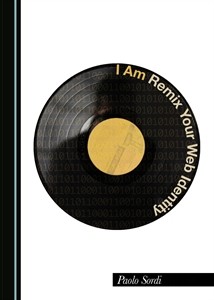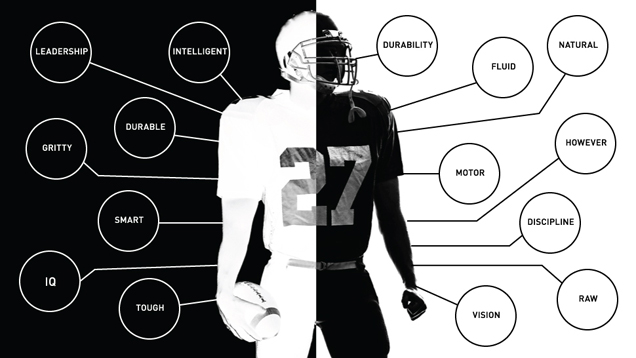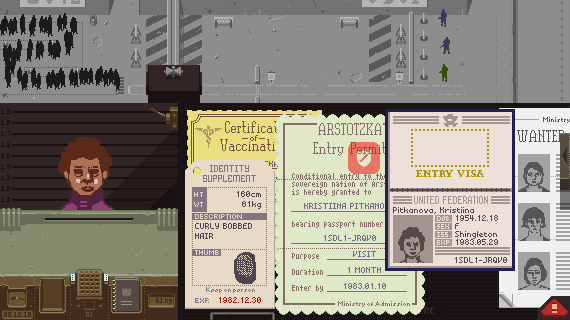
On the ethos of digital presence: I participated today in a panel launching the Italian version of Paolo Sordi’s book I Am: Remix Your Web Identity. (The Italian title is Bloggo Con WordPress Dunque Sono.) The panel included people like Domenico Fiormonte, Luisa Capelli, Daniela Guardamangna, Raul Mordenti, and, of course, Paolo Sordi.
Month: February 2016
Which Words Are Used To Describe White And Black NFL Prospects?
I’ve been meaning to blog this 2014 use of Voyant Tools for some time. Which Words Are Used To Describe White And Black NFL Prospects?. Deadspin did a neat project where they gathered pre-drafting scout reports on black and white football players and then analyzed them with Voyant showing how some words are used more for white or black players.
Continue reading Which Words Are Used To Describe White And Black NFL Prospects?
The Malware Museum
There are a number of stories about The Malware Museum on the Internet Archive. This archive gathers a number of 1980s and 1990s viruses (just the animated parts) with emulators so you can run them and see their visual effects. The Toronto Star story has a quote from Hyponnen on the art of the early viruses,
“You could call it an art form,” he said in an interview. “These early virus-writers were expressing themselves with animations and sounds.”
It wasn’t until later that viruses started encrypting things and blackmailing you to decrypt them or doing other things to make money.
There is an extended talk (50 minutes) by Mikko Hypponen, the security specialist who gave this collection, on The History and the Evolution of Computer Viruses. The talk starts with the first PC virus BRAIN that he traced back to two brothers in Packistan to Stuxnet. (For a good book on Stuxnet see Kim Zetter’s Countdown to Zero Day.)
Big computers, big hair: the women of Bell Labs in the 1960s
The Guardian has posted a set of pictures by Larry Luckham who took a camera into work in 1967 to take pictures of life at Bell Labs, see Big computers, big hair: the women of Bell Labs in the 1960s. That the collection is entirely of women raises some questions. As the Slashdot article post that pointed me to this collection puts it:
What’s noticeable about the pictures, is that they are of woman. I don’t think this is a result of the photographer just photographing “eye candy”. I think it’s because he was surrounded by women, whom from his comments he very much respected and hence photographed.
In those times, wrangling with a computer was very much seen as “clerical work” and therefore the domain of woman. This can be seen as far back as Bletchley Park and before that Ada Lovelace.
Yet 50 years later, the IT industry has turned full-circle. Look at any IT company and the percentage of women doing software development or similar is woeful. Why and how has this happened? Discuss.
Papers, Please
Just finished playing Papers, Please. Very depressing game that tries to give you a sense of what it is like to be a border guard checking things and being watched. It isn’t “fun” but it uses anxiety well. I found myself stressing out as I tried to process enough people to pay for my family and save some money. With discussions in Europe about bringing border controls back to the Schengen Area this sort of control is back “on the map.”
The screen shot shows the simple 8-bit interface. The game has a retro interface to go with the feeling of an Eastern-block country border.



